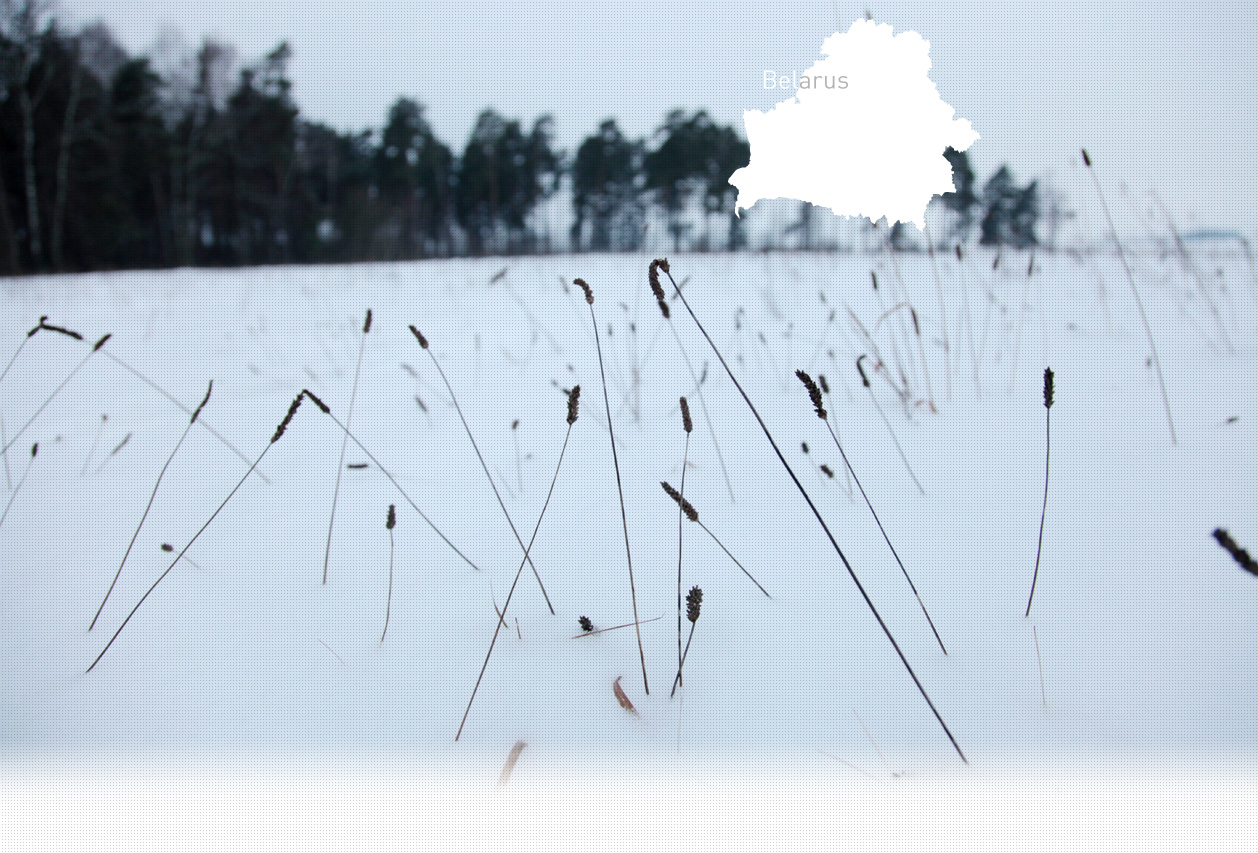

2 Sitio(s) de ejecución
Irina B., nacida en 1938, recuerda: "Una vez que les dispararon a los judíos, un niño judío herido vino a nuestra casa. Mi padre lo llevó a casa. Cavó una pequeña fosa en nuestro granero y se quedó escondido allí. Yo tenía entonces 10 o 12 años, pero aún recuerdo que cuando me desperté por la mañana mi madre iba a traer comida y agua. Más tarde, vi venir a un médico; era un buen amigo de nuestra familia. Debió de haber venido a revisar la herida del niño. Después de la guerra, mi padre me dijo que era un niño judío y que estuvo escondido allí durante varios días. Pero cuando se volvió demasiado peligroso para él quedarse, lo llevaron al bosque donde se unió a los partisanos. Sobrevivió a la guerra y llegó después al pueblo para dar las gracias a mi padre. Su nombre es Zelya. Después de eso, emigró a Israel. " (Testigo n°208, entrevistada en Glubokaya el 22 de julio del 2008)
"A todos los judíos que quedaban se les dijo que ya no estaban en peligro y que podían volver y quedarse en el gueto de Glubokoye. Los alemanes declararon que los mantendrían a salvo. Por supuesto, sospechábamos que tendríamos el mismo destino. Estuvimos detenidos en el gueto durante once meses. Había 3.500 reclusos. Cuando estábamos en Glubokoye, como ya ocurrió en Sharkovshchina, los alemanes nos extorsionaron nuestros objetos de valor y nuestras pertenencias. Les dimos todo lo que teníamos. Pero todavía teníamos una débil esperanza de seguir vivos.
En julio o agosto de 1943, el jefe del escuadrón móvil V organizó un pogromo en el gueto de Glubokoye. Allí asesinaron a casi todos. Según algunas fuentes, sólo 120 judíos de entre 3500 quedaron vivos, incluyéndome a mí. El gueto fue rodeado por alemanes con ametralladoras. Comenzó el tiroteo. Se arrojó un líquido inflamable desde un avión. Más de 1000 judíos fueron quemados. Los judíos que escaparon y yo nos unimos a los partisanos y dirigimos la lucha contra los invasores alemanes. [Informe de interrogatorio realizado el 4 de abril de 1945 por la Comisión Estatal Extraordinaria. RG 20.002M: Fond 7021, Opis 92, Delo 212]
Glubokoye está ubicada a 180 km al oeste de Vitebsk y a 146 km al norte de Minsk. La comunidad judía de la ciudad se remonta al siglo XVIII, cuando contaba con 755 judíos. A finales del siglo XIX se construyeron seis sinagogas en la ciudad y la población judía aumentó hasta 3.917 residentes (el 70% de la población total). A principios del siglo XX había dos academias judías privadas. La población judía sufrió pogromos en 1915, dirigidos por el ejército soviético. Además de las escuelas judías, había una academia comercial, un periódico judío, una biblioteca, un hospital e incluso un equipo de fútbol. La mayoría de los judíos vivían del comercio de la madera, los productos agrícolas y la artesanía. En vísperas de la guerra, según el censo, había unos 5.500 judíos en la ciudad. La ciudad fue ocupada por los alemanes el 2 de julio de 1941.
El primer fusilamiento tuvo lugar inmediatamente después de la llegada de los alemanes. En los primeros días fueron fusilados varios judíos que fueron acusados de ser comunistas. Poco después se creó el Judenrat (Consejo Judío). A partir de ese momento los judíos fueron sometidos a realizar trabajos forzados. Durante los trabajos los judíos eran vigilados por alemanes y policías locales que los maltrataban y se burlaban de ellos. El 22 de octubre de 1941 se creó un gueto en Glubokoye donde fueron confinados todos los judíos locales junto con los judíos que vivían en zonas cercanas, por ejemplo Sharkovschchina, Postavy y Plisa. El gueto estaba compuesto por un par de calles y contaba con unos 5.800 reclusos; varias familias eran obligadas a compartir una habitación. Su territorio estaba rodeado de alambre de púas y una valla de madera. Los judíos sólo podían salir del gueto durante el trabajo, cuando eran escoltados por los alemanes.
El 25 de marzo de 1942, la policía local fusiló a entre 105 y 110 judíos. Después de eso el gueto se redujo en tamaño. Durante este periodo unos 800 judíos fueron llevados al gueto desde los pueblos cercanos. Otro fusilamiento se produjo en mayo de 1942 y fue llevado a cabo por la policía de seguridad alemana que llegó con este fin. Esta vez fueron asesinados unos 20 judíos. Entre el 18 y el 19 de junio de 1942, durante la primera oleada de eliminación del gueto, unos 2.500 judíos que no estaban en condiciones de trabajar fueron llevados al bosque de Borek, situado a un kilómetro de distancia, y fusilados en el transcurso de dos días. Después de esta aktion, sólo quedaban 2.200 judíos en el gueto. Según los archivos, cien más llegaron en breve de la clandestinidad porque se les prometió que se les perdonaría la vida. En el otoño de 1942, se organizó un grupo de resistencia en el gueto con la ayuda de los partisanos que preparaban una acción contra los alemanes. Durante el ataque organizado por los partisanos el 17 de agosto de 1943, murieron más de 70 alemanes y colaboradores. Temiendo futuros ataques, el 19 de agosto de 1943 los alemanes comenzaron la eliminación del gueto incendiando las casas y matando en el acto a todos los que intentaban escapar. Sólo un centenar de judíos sobrevivió al Holocausto.
¿Tiene información adicional con respecto a un pueblo que le gustaría compartir con Yahad?
Por favor contáctenos a contact@yahadinunum.org
o llamando a Yahad – In Unum at +33 (0) 1 53 20 13 17